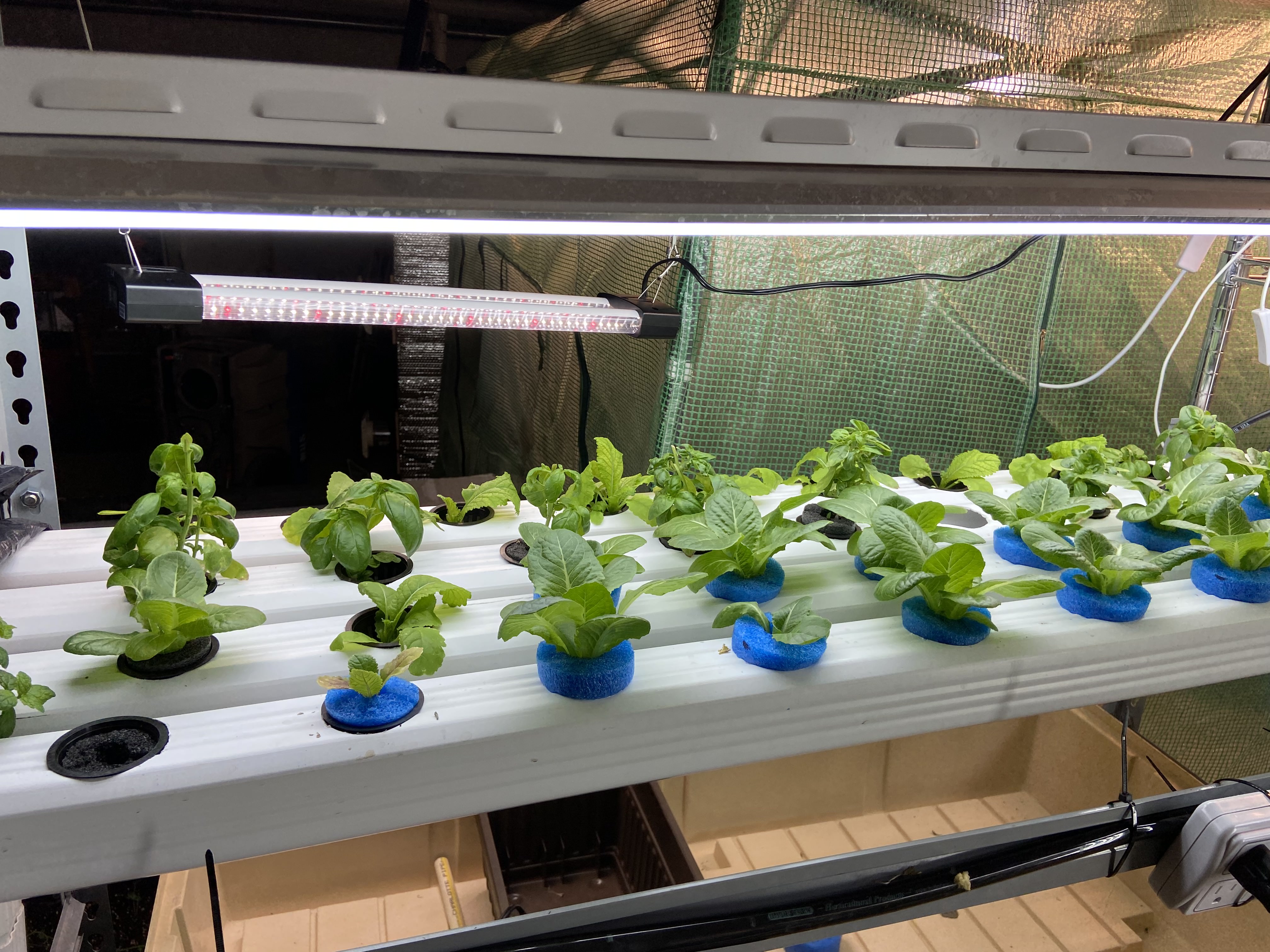Systems thinking and STEM education in indoor farming: Optimizing the growth and phytochemical properties of herbs using modern technology

In today's world, where food security and sustainability are major concerns, indoor farming is gaining popularity as an efficient way to grow fresh produce year-round. Lettuce, a popular leafy vegetable, is a common crop grown in indoor farming systems due to its short growing cycle and high demand. However, optimizing the growth and phytochemical properties of lettuce requires a deep understanding of its complex biological and physical systems, as well as the use of modern technology.
Indoor farming involves controlling the growing environment, including temperature, humidity, lighting, and nutrients, to create the optimal conditions for plant growth. In the case of lettuce, maintaining the ideal temperature and humidity levels is crucial for its growth and phytochemical properties. Additionally, the use of hydroponic systems, which provide a soilless medium for the roots to grow, has been found to improve the nutrient uptake and growth of lettuce.
However, optimizing plant growth is only one part of the equation. To maximize the phytochemical properties of lettuce, such as its antioxidant and anti-inflammatory properties, a systems thinking approach is required. This involves understanding the complex interactions between the plant and its environment, including the soil, water, nutrients, and microorganisms. For instance, the use of beneficial microorganisms, such as mycorrhizal fungi, has been found to enhance the nutrient uptake and phytochemical properties of lettuce.
Furthermore, the use of modern technology, such as data analysis and machine learning, has revolutionized indoor farming. By collecting data on environmental factors, plant growth, and phytochemical properties, we can make data-driven decisions to optimize plant growth and maximize phytochemical properties.

